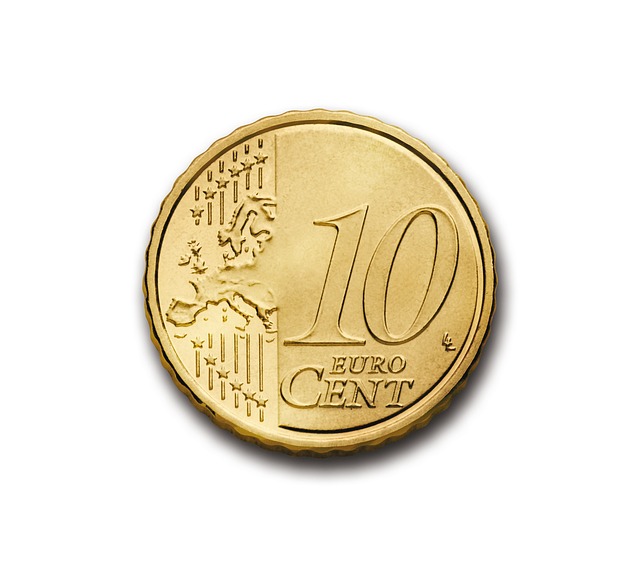Introduction
The world of cryptocurrency has experienced a tremendous growth over the past decade, with various digital currencies emerging and disappearing. One aspect that has garnered significant attention among traders and investors is the concept of tether (USDT), a stablecoin pegged to the US dollar. In this article, we will delve into the world of tether and its role in cryptocurrency stability.
What is Tether?
Tether (USDT) is a digital currency created by the iFinance Labs Ltd company, backed by a reserve of US dollars stored in bank accounts or sold for cash at regulated exchanges. This stablecoin is designed to maintain a 1:1 peg with the US dollar, making it an attractive option for traders and investors looking to hedge against market volatility.
How Does Tether Work?
Tether’s mechanism works by maintaining a large reserve of US dollars, which are used to back the digital currency. This reserve is stored in bank accounts or sold for cash at regulated exchanges, ensuring that there is always enough liquidity to support the circulation of USDT. The reserve is managed by Tether’s CEO, Brock Pierce, who oversees the management of the funds.
Advantages of Using Tether
There are several advantages to using tether in cryptocurrency trading:
* **Stability**: As a stablecoin pegged to the US dollar, USDT maintains a consistent value that reduces market volatility.
* **Liquidity**: The large reserve and widespread adoption of USDT ensure liquidity in the market, making it easier for traders to buy and sell.
* **Convenience**: Tether is widely accepted by cryptocurrency exchanges, making it an easy option for traders looking to invest or hedge their portfolios.
Disadvantages of Using Tether
While tether has several advantages, there are also some disadvantages:
* **Lack of Transparency**: The reserve management process of USDT can be opaque, leading to concerns about the stability and security of the asset.
* **Dependence on USD**: As a stablecoin pegged to the US dollar, USDT is heavily dependent on the value of the US currency. Any fluctuations in the US economy or monetary policy could impact the value of USDT.
Regulatory Challenges
Tether has faced several regulatory challenges over the years, including:
* **SEC Investigation**: In 2020, the SEC launched an investigation into Tether’s reserve management practices.
* **Compliance with Anti-Money Laundering (AML) Regulations**: The AML regulations require cryptocurrency exchanges to implement anti-money laundering measures. While USDT is not subject to these regulations, some exchanges may choose to comply.
Conclusion
In conclusion, tether plays a significant role in maintaining stability in the cryptocurrency market. As a stablecoin pegged to the US dollar, USDT offers several advantages for traders and investors, including stability, liquidity, and convenience. However, there are also challenges associated with using tether, including concerns about transparency and dependence on USD.
Recommendations
Based on our analysis of tether’s role in cryptocurrency stability, we recommend:
* **Investors**: When investing in tether or any other stablecoin, conduct thorough research to understand the risks and benefits.
* **Traders**: Use tether as a hedge against market volatility, but do not rely solely on it for investment decisions.
Final Thoughts
In conclusion, tether is an important player in maintaining stability in the cryptocurrency market. By understanding its advantages and disadvantages, traders and investors can make informed decisions about using tether or other stablecoins in their portfolios.
Tags: Tether, Cryptocurrency Stability, Stablecoin, USDT, Reserve Management, Regulatory Challenges



